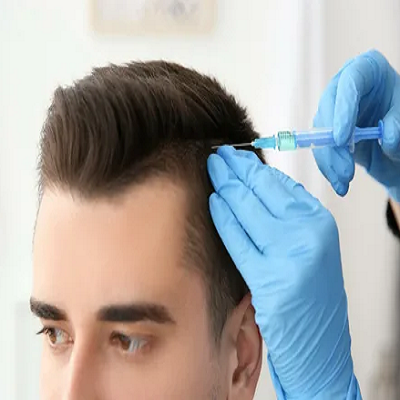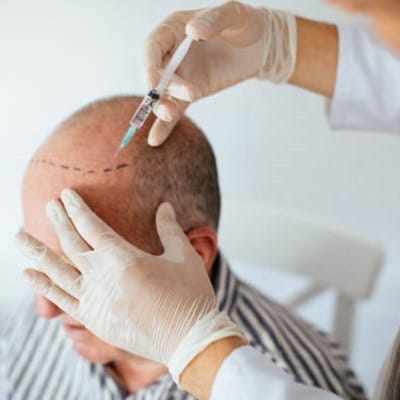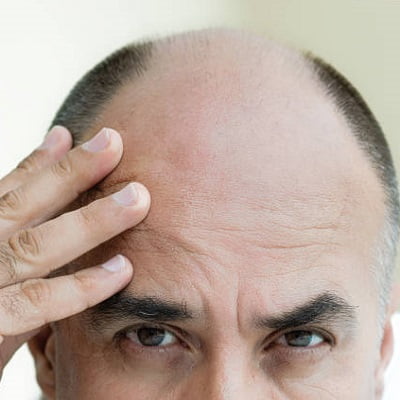
Deciding to have a hair transplant in Islamabad frequently signifies a significant turning point in a person’s life. The prospect of getting back a naturally thicker head of hair is alluring, regardless of whether it’s used to treat receding hairlines, thinning crowns, or bald patches. But the trip doesn’t stop with the procedure. A hair transplant’s life-changing consequences don’t end in the months and years that follow.
In this comprehensive blog, we delve into what happens after one year of a hair transplant, exploring the stages of recovery, growth patterns, and the emotional journey accompanying physical transformation.
Immediate Post-Transplant Period (0-2 Weeks):
The initial weeks after a hair transplant are crucial for the healing process. Patients are advised to take special care to avoid infection and support the grafts’ integration into the scalp. During this time, it’s normal to experience some redness, swelling, and mild discomfort. The newly transplanted hair may also temporarily shed, a natural part of the process.
To aid recovery, patients are typically given post-operative care instructions, including how to clean the scalp, manage any prescribed medications, and avoid strenuous activities. Adhering to these guidelines helps ensure a smooth healing process, setting the stage for the following growth phase.
The Growth Phase (2 Weeks – 6 Months):
Patients will witness the gradual emergence of new hair between two weeks and six months post-surgery. The transplanted follicles enter a resting phase before transitioning into the active growth phase. Initially, the hair may appear thin and delicate, but over time, it thickens and gains strength.
Around the third month, patients often experience a notable improvement in hair texture and density. The implanted hair continues to grow and blend with the existing strands, creating a more natural appearance. Patience is critical during this phase, as the full results of the transplant become more apparent in the months ahead.
Significant Growth (6 Months – 1 Year):
Patients typically witness significant growth and improved hair quality as the one-year mark approaches. The transplanted hair continues to mature, becoming more like the individual’s natural hair. By this point, the once-thin and fine strands have become thicker, fuller, and healthier-looking hair.
It’s important to note that the growth rate can vary among individuals. Factors such as genetics, overall health, and adherence to post-operative care instructions all play a role in determining the pace of recovery. Regular follow-up appointments with the surgeon can provide valuable insights and adjustments to the ongoing care routine.
Final Results and Long-Term Maintenance:
Reaching the one-year milestone marks a crucial juncture in the hair transplant journey, as patients often see the final results of the procedure. The transplanted hair has fully integrated into the scalp, and the overall appearance is remarkably natural. Many individuals experience a boost in confidence and a renewed sense of self-esteem as they enjoy the aesthetic benefits of the surgery.
While the transplanted hair is considered permanent, it’s important to note that other areas of the scalp may still be susceptible to hair loss due to genetic or hormonal factors. Some individuals may opt for additional treatments or follow-up procedures, such as Platelet-Rich Plasma therapy or topical medications, to maintain the overall appearance.
Common Challenges and Considerations:
While a hair transplant can yield transformative results, it’s crucial to acknowledge that the journey may come with its share of challenges. Patience is paramount, as the complete results may take time to manifest. Factors such as post-operative care, overall health, and genetic predispositions can also influence the outcome.
Some patients may encounter uneven growth, prolonged redness, or minor scarring. Fortunately, advancements in hair transplant techniques, such as FUE and FUT, have significantly reduced the risk of noticeable scarring. Open communication with the transplant surgeon can lead to practical solutions and adjustments in cases where challenges arise.
The Bottom Line!
The journey after one year of a hair transplant is a testament to the transformative power of modern hair restoration techniques. Each phase contributes to a renewed sense of self, from the initial stages of recovery to the gradual emergence of new hair and the final realization of the procedure’s full potential.
Ultimately, a successful hair transplant is not merely a cosmetic enhancement; it’s a journey of self-discovery and empowerment. Feel free to visit SKN Cosmetic Clinic Islamabad for better and more effective results.







Book your Appointment